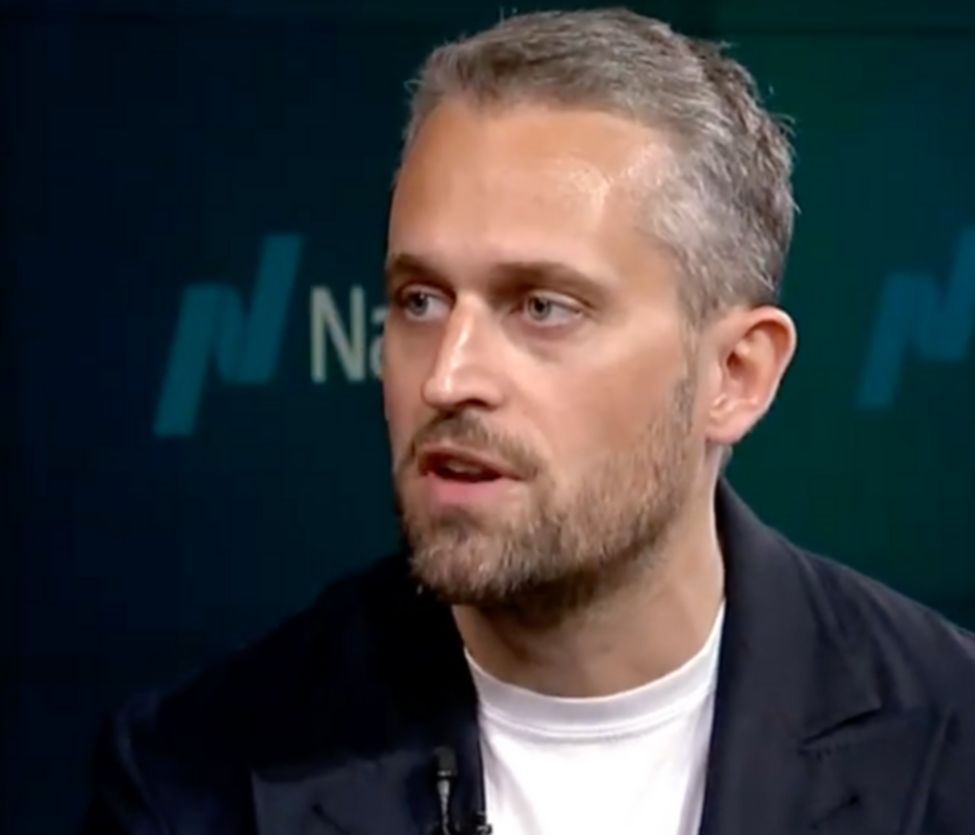
From hearing about Bitcoin for the first time in 2013 to developing one of the fastest-growing digital asset management platforms, here's what Blockstone Capital's Carl Szantyr has to say about the rapidly-evolving crypto market.
1. When was the first time you heard about crypto, and what was your reaction?
I first heard about Bitcoin in 2013 when it hit $100 — and honestly, I thought it was nonsense. Coming from a very traditional background, I still believed only central banks could control the financial system. By 2017, I had learned from early investors, and that was my aha moment. I realised this wasn’t just an experiment, it was the birth of a new asset class. From then on, I went from curious observer to firm believer in its institutional future.
2. What made you choose crypto over other asset classes?
Crypto is unique — high growth, structural inefficiencies, and global adoption. In traditional markets, alpha is scarce. In crypto, if you bring discipline and risk controls, the opportunities are outsized.
3. What is Blockstone Capital and what’s your day like as its founder?
Blockstone Capital is a multi-manager, multi-strategy digital asset platform built to deliver institutional-grade, risk-adjusted returns. My days are a mix of markets, managers, and money: reviewing trading desks, meeting allocators and scaling our tech. I’m an early riser — reading, training, and taking my 6-year-old to school before diving into Asia market updates. Midday, I reset with a one-hour sport session, so I stay sharp for the afternoon, which is all about building: onboarding new managers, adapting to fast-moving markets, and keeping institutions informed on where the opportunities lie.
4. Where does the industry stand today, and where is it going?
We’re well past the “Wild West” — crypto is entering its institutional era. Regulation is the catalyst, and it’s coming faster than most realise. In 2–3years, new financial rails will power capital markets. ETFs and listed digital asset companies are just the start. Liquidity will deepen, competition will rise, and talent from traditional finance will keep flooding in. In ten years, crypto hedge fund AUM will exceed $1 trillion, and it will be a core allocation for pensions, endowments, and sovereign wealth funds.
5. Are you happy with the current talent in crypto fund management?
We now have enough talented and experienced managers in the space to build truly diversified portfolios. The pool is expanding quickly, with traditional finance professionals raising the bar on risk and governance. But what we still lack are seasoned multi-strategy managers and the operational leadership needed to scale. That’s what keeps us awake at night — and it’s exactly why Blockstone Capital was born: to make sound digital asset investments accessible to the broadest range of institutions.
6. What are the top three growth areas in crypto fund management?
7. Your message to new fund managers?
Governance first, performance second — and always know your competition. This is a fiercely competitive market with limited AUM and thousands of managers chasing it. The easy beta days are over; institutions now demand discipline, scalability, and trust.
















From breaking news to thought-provoking opinion pieces, our newsletter keeps you informed and engaged with what matters most. Subscribe today and join our community of readers staying ahead of the curve.